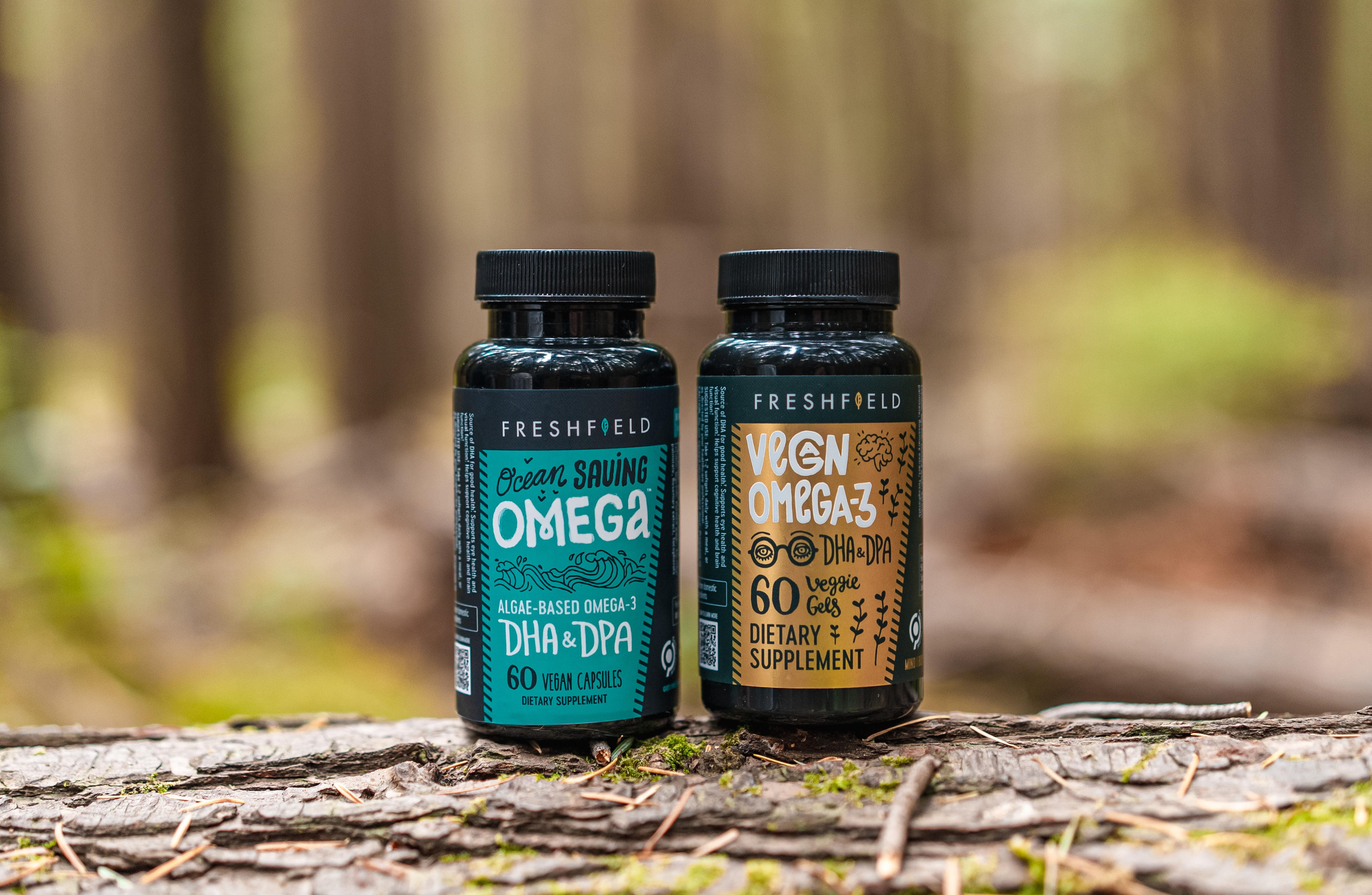The environmental and climate impact of fish oil production is a significant issue driven by the increased demand for omega-3s. The process of obtaining fish oil involves various activities, such as fishing, processing, and transportation, each contributing to environmental degradation and climate change in different ways.
Why the Environmental and Climate Impact from Fish Oil is a Major Issue
The fish oil industry, instrumental for its omega-3 rich oils used in various supplements and products, impacts the environment and climate in many ways. Here’s a breakdown of the major consequences:
- Greenhouse Gas Emissions
- Fishing Operations: Large fishing vessels used in the capture of fish for their oil consume vast amounts of fuel, emitting significant levels of greenhouse gases (GHGs).
- Processing and Transportation: The processing of fish into oil and the subsequent transportation of products are energy-intensive processes, further contributing to GHGs.
- Overfishing (More about overfishing and biodiversity loss here)
- Pressure on Fish Populations: High demand for fish oil exerts tremendous pressure on certain fish species, leading to overfishing. Overfishing reduces fish populations and can lead to the depletion of some species, disrupting marine ecosystems.
- Bycatch
- Unintended Consequences: Fishing activities aimed at capturing fish for their oil often result in the unintended capture and often death of non-target species, known as bycatch, further affecting marine biodiversity.
- Habitat Destruction
- Ecosystem Damage: The methods used in capturing fish, such as trawling, can cause significant damage to marine habitats, including coral reefs and seabed ecosystems, affecting marine life and biodiversity.
- Waste and Pollution
- Processing Waste: The processing of fish into oil generates waste and byproducts that can lead to pollution if not managed properly.
- Chemical Pollution: Chemicals used in the processing and purification of fish oil can contribute to pollution if not handled and disposed of responsibly.
- Climate Change Vulnerability
- Ocean Temperature and Acidity: The industry’s contribution to GHGs exacerbates climate change, further affecting ocean temperatures and acidity levels, impacting marine life and ecosystems.
How Switching from Fish Oil to Algae Omega-3 Helps:
- Lower Carbon Footprint: Algae cultivation generally has a lower carbon footprint compared to fish oil production. Algae can be grown in controlled environments, requiring fewer natural resources and less energy, resulting in lower GHG emissions.
- Sustainable Production: Algae-based Omega-3 can be produced sustainably without depleting marine resources or causing significant habitat destruction. This makes it a more eco-friendly option.
- Reduced Resource Consumption: Algae cultivation requires fewer natural resources such as water and land. It also avoids the significant fuel consumption associated with commercial fishing operations.
- Reducing Overfishing: By reducing the demand for fish oil, algae Omega-3s help alleviate the pressure on fish populations, contributing to the overall health and resilience of marine ecosystems.
- Conservation of Marine Ecosystems: Algae-based Omega-3 production does not disturb marine ecosystems to the same extent as fish oil production, contributing to the preservation and conservation of marine biodiversity and habitats.
The environmental and climate impacts of the fish oil industry are multi-fold, ranging from the emission of greenhouse gases to the direct depletion and disruption of marine ecosystems and resources. These challenges highlight the urgency of seeking sustainable alternatives, such as algae-based omega-3, to meet the global demand for omega-3 fatty acids without compromising the health of our planet and its oceans. 🌍🐟🌊
Related Topics:












Share:
Plastic Pollution & Marine Debris from Fish Oil
Four Cornerstones of Climate Action